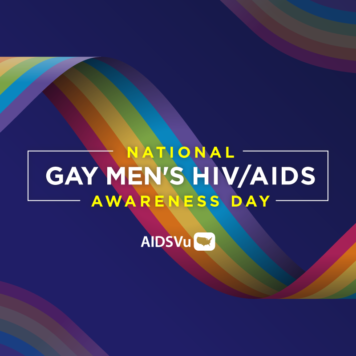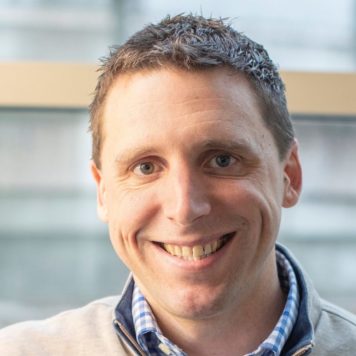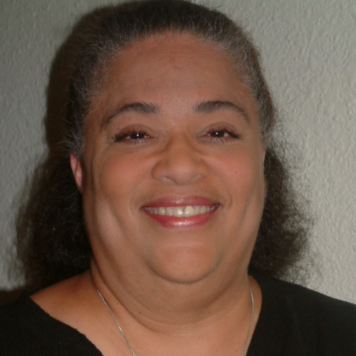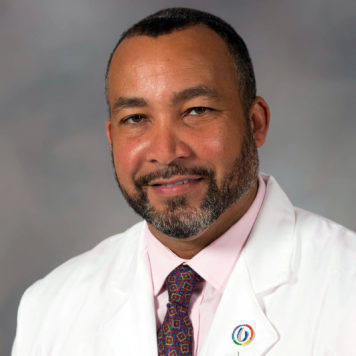Dr. Sean D. Young, PhD, MS is the Executive Director of the University of California Institute for Prediction Technology. He is also a Medical School and Informatics Professor with the UCI Departments of Emergency Medicine and Informatics.
Your research focuses on applying digital behavior and prediction technology to health and medicine. What brought you to this unique intersection of behavioral psychology, technology, and health?
I studied ethnomusicology while I was an undergraduate student before attending graduate school for Psychology and earning a Master’s in Health Services. While I was pursuing my graduate studies, I was impacted by a family member and bandmate of mine who was dealing with a medical issue and wasn’t following his treatment plan, largely due to the stigma surrounding his illness. I love him and wanted to help—so I tried to think about how I might apply what I had been learning in my studies of human behavior to address challenges for people like him who were not following healthcare recommendations in fear of being stigmatized. At the time, I had also been working at NASA’s Ames Research Center in technology, and social media was growing rapidly, so the opportunities that technology could introduce were at the top of my mind. I was able to combine my interests and expertise and apply it to areas that were, and still are, very important to me, such as health among people affected by HIV and communities of color. To pursue this work, I moved to UCLA to study with Tom Coates, who had been a mentor and inspiration to me from before I even started working with him. He had conducted a great deal of public health work utilizing diffusion of innovations models by identifying peer role models who had been engaging in HIV prevention and teaching them how to pass on their knowledge to others. The initial concept when we began working together was to apply his work to the online space, because of the rapid growth of social media that was occurring at the time. We applied Coates’s interventions to community groups on Facebook and evolved our studies from there, now having an online community called HealthCheckins devoted to using our Harnessing Online Peer Education (HOPE) science to help people with stigmatized health conditions.
In your research, you use social media data for behavioral health prediction models. What kind of behavior can we predict through these methods? How can healthcare providers and public health departments use these types of predictions to address healthcare crises such as HIV/AIDS?
In 2009, we began the HOPE (Harnessing Online Peer Education) Interventions. We identified two groups of Black and Hispanic/Latino Men who have Sex with Men (MSM): peer role models who were frequently engaging in HIV prevention and others who were at high risk for HIV. We developed an intervention through Facebook in which the peer role models would pass on information and lightly persuade the other participants to get tested for HIV. In building these organic online communities, we were able to help people change and increase HIV prevention, behaviors, and testing. Along the way, we found that people would often share a great deal of personal information in the closed online communities that we had created. For example, some participants shared that they had never come out to their families, or that they had been using certain substances. Based on these observations, we turned to Twitter and other public social media platforms to determine whether people were sharing similar information publicly. We utilized AI, statistics, and computer science methods to identify conversations around HIV risk and substance use and found that our methods could accurately predict HIV outcomes in specific counties. Not only did we begin to predict clinical outcomes in terms of case numbers and new diagnoses, but we were also able to determine social, psychological, and behavioral trends such as the evolution of stigma around HIV.
Your recent paper found that involvement in certain online communities can increase the likelihood of HIV self-testing, but another one of your papers shows that HIV/AIDS stigma is associated with usage of social media among Men who have Sex with Men (MSM). How do we work towards increasing the positive effects of online social networks while diminishing the negative ones?
In our first study, more than 10 years ago, the IRB (Institutional Review Board that determines ethics of research studies) was concerned that creating an online community of MSM was going to increase HIV transmission and risk. While there are potential risks in people meeting new potential sex partners, it was unclear to most people back then that there are also many benefits in introducing social support and easy access to healthcare resources that could improve HIV prevention and social cohesion. Technologies often function as tools to scale trends – they can scale helpful tools for health promotion, and they can also scale potentially harmful trends. Determining how best to leverage technological tools to make a positive contribution is the focus of our research, and we have determined that the best way of doing so involves peer-led initiatives. When knowledge and tools are delivered by the community themselves, the outcomes will be safer, more ethical, and more widely accepted. Therefore, the best way to make social media a safer and more effective tool for health promotion is to engage role models and peers who are already using technology in healthy ways, who can sort out correct information from misinformation, who are interested in helping others, and who have a commitment to health and safety.
September 27 is National Gay Men’s HIV/AIDS Awareness Day, a day to help fight HIV stigma and encourage HIV testing, prevention, and treatment among gay men. What message do you have for the community on this day?
While stigma around HIV has improved in the past 20 or 30 years, it certainly remains. A leading cause of stigma is lack of education, exposure, and interaction. When we only interact with people who are similar to us and we judge others who are different, we are further facilitating stigma by demonstrating that what we avoid or negatively judge is “not normal.” If we really want to overcome stigma, we must speak up and have uncomfortable conversations. It’s important to interact and be exposed to people with different viewpoints, backgrounds, and perspectives so that we can teach others about who we are. It will not always be pleasant, but the more that we expose ourselves and try to bridge those divides, the more likely we’ll be able to address these education gaps and tackle stigma.




